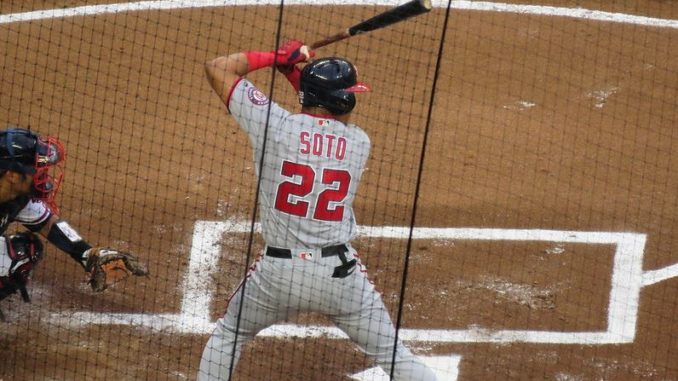
As an organization, the Washington Nationals reached the summit this year. Winning a World Series takes the mind away from difficult future decisions. When it comes to re-signing their players and the overall evaluation of the minor league system from top to bottom, those tough calls and considerations get put on hold for a bit. The honeymoon period after the World Series victory, though, is coming to an end. In anticipation of the release of my Nationals Top 50 prospects in January, I wanted to take a general, big-picture look at the system as a whole. What decisions does the major league team face going into the offseason? How did the minor league affiliates perform, and how well do they stack up against the rest of the league? Let’s dig in!
If you were to tell most Nationals fans that their team would win the World Series back in the middle of May, many would have probably scoffed in your face. The Nationals turned a subpar beginning of the season into one magical run that fans will remember for a very long time. One thing that was consistently commented upon during the World Series was the average age of the Nationals. They were the “oldest” team in league with an average age of 30.9. While I think this was meant to either show the team was veteran laced or to mention that age was a disadvantage, it certainly didn’t show on the field. I wanted to take a look at some other team’s average age and was quite surprised at some of the results. The Atlanta Braves often viewed as the up and coming future leaders of the National League East, surprisingly had an average age of 29.5. The Nationals opponents in the World Series, the Houston Astros, came in at 29.8. Yet, I never remember any commentary on that fact. The point is, the team had a good balance of youth (Juan Soto and Victor Robles) and veterans, which equaled a winning combination.
The point of bringing up age and this perceived “oldness” of the Nationals is to get an idea of future decisions and how the Nationals management will move forward with a balance of veteran players and youth. The two most significant decisions facing the team this offseason is whether or not the team can re-sign the faces of the team during the World Series, Anthony Rendon and Stephen Strasburg. Conventional wisdom would say you lock up both and keep things rolling, but other teams will undoubtedly have offers for both players. Depending on the outcome of those two situations, the major league club looks to be a clear threat again in 2020.
Broadly speaking, the Nationals farm system is lacking. To me, this is a bottom 10 system in all of baseball and my Top 50 Washington prospects list will give more expanded reasoning. Baseball America also has the system as a whole ranked in the bottom third. Overall the Nationals affiliates went 284-324 this year for a .467 winning percentage. Only two of the six affiliates had winning seasons. While the system lacks that bonafide, can’t miss prospect that will be a perennial all-star, they have stockpiled a lot of attractive pitching. Pitching, from the major league level down, has continuously appeared to be a priority for management, and the system currently matches that philosophy. A first glance at the Nationals prospects going into 2020, I only have Carter Kieboom and Luis Garcia as difference-making position players. In our October update of the top 172 prospects, the writers here at Prospects1500 had Kieboom rated as the 13th best overall prospect while Garcia came in at number 71. Kieboom is a definitive tier-one prospect for me, and Garcia, despite his down year in 2019, still has the potential to be an impact player. After those two position players, pitchers dominate the rest of my early research. Recent pitching draftees Jackson Rutledge, Mason Denaburg, and Tim Cate all stand out as players who will likely make my top 10 list followed by pitching prospects like Wil Crowe and Seth Romero, who have been in the system a few years longer.
So we have a major league club that has reached the pinnacle of the sport while boasting a bottom tier minor league system. Even though, in my opinion, the Nationals have a weak minor league system, it has served its purpose. Funneling young talent to the major leagues and winning championships is the goal of any system, and the Nationals had numerous homegrown players on the roster in the World Series. Minor league systems can be drastically improved with just a couple drafts and continued growth from their prospects (i.e., see the Orioles). The offseason moves from the major league club may give us a glimpse into how management views the entire system moving forward and where their priorities lie.
Be on the lookout for my Top 50 Nationals prospects due out towards the end of January. I’d love to hear your input on who you think are some intriguing prospects in the system. Reach out to me on Twitter @jacob_swain3.

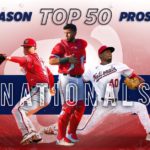
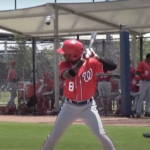
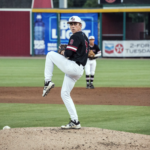
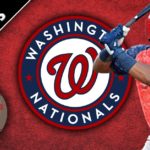
Andry Lara sounds interesting.
There is a lot to be excited about with Lara. Fastball in the mid 90s along with a breaking pitch.Teenage pitchers there is always some cautious optimism. He will definitely be intriguing to watch in 2020.